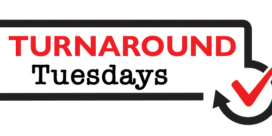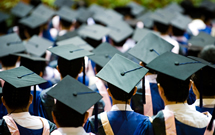Savannah-Chatham County Public School System Selects D2L Brightspace to Provide a More Unified Learning Experience
TORONTO /PRNewswire/ – D2L, a global learning technology company, announced today that Savannah-Chatham County Public School System, the 10th largest school district in Georgia, ... Read more







